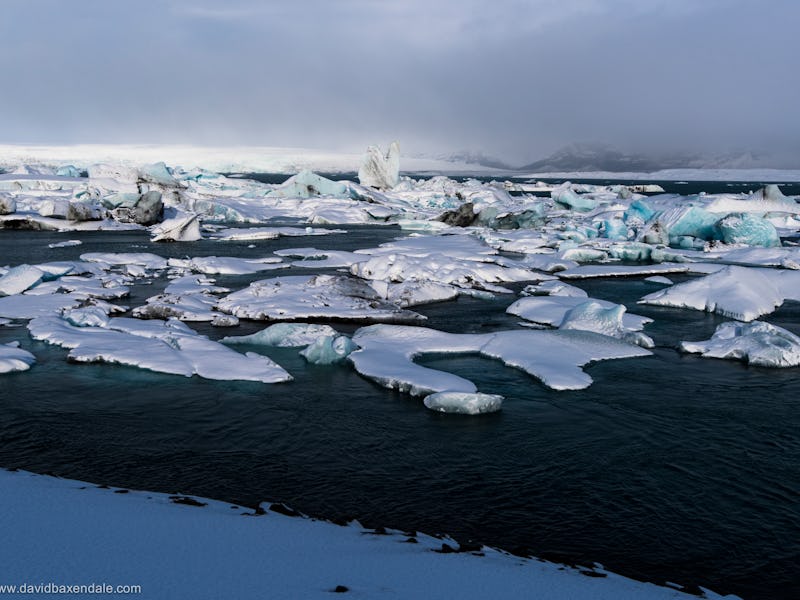Global Warming Is Turning the Arctic Into the Atlantic
Hard to overstate the importance of healthy sea ice.

Climate change is melting the sea ice so rapidly that parts of the Arctic ocean are beginning to take on characteristics of the Atlantic ocean. The change could affect everything from how freshwater is stored and delivered to how the ocean itself responds to increasing acidity, according to a study published in the journal Science on Thursday.
When healthy, the Arctic ocean exhibits a surprisingly resolute system of stratification — thick layers of ice that provide a natural barrier to nutrient mixing, one of the hallmarks of an ocean like the Atlantic. The Atlantic’s mixing process, by which it draws heat upward from the deeper ocean and circulates nutrients, means that the base of its food web is more prolific, resulting in more alkaline water. When it comes to how an ecosystem like this will function in the Arctic, however, we’re in uncharted waters — it is, after all, a region that traditionally doesn’t see much overturn.
“There is ongoing debate that heat release from a more open Arctic ocean will affect mid-latitude weather patterns,” co-author Eddy Carmack explains to Inverse over email. “More open water means that winds may more actively drive freshened surface waters, with regional consequences.”
The Arctic’s eastern Eurasian Basin has been basically ice-free for nearly six years. By comparing satellite estimates from 2013 to 2015 for the thickness of what ice does remain to previously published work, the researchers found that the region is rapidly exhibiting weakened stratification, with less sea ice and more vertical mixing — i.e., more like the Atlantic.
Recovering one of the buoy monitoring systems during a 2015 cruise.
We know, of course, that sea ice has been melting. But this new data helps us better understand the role of the ocean beneath as the ice itself retreats and thins. The researchers found that both the ocean’s recycled heat (stored in the warmer summer months and then released in the winter) and its imported heat (pulled up from warmer subarctic seas to the south) play an increasingly large role in the sea ice’s decline.
This isn’t the first time researchers have quantified the effects of global ocean warming using satellites, an increasingly handy tool in the battle against climate change. Carmack and his colleagues used satellite data to observe changes in the coverage and thickness of the sea ice, as well as the speeds and trajectories of its drift. They were also able to use satellites to determine the ice’s age — the length of time it spent in the Arctic before either melting off or being ultimately exported into the surrounding subarctic oceans. They combined that information with data gathered from local buoy systems to be able to make the comparison between the Arctic and the Atlantic, and begin to extrapolate exactly what kind of consequences we might be looking at.
Abstract
Arctic sea-ice loss is a leading metric for climate change and can be attributed, in large part, to atmospheric forcing. Here we show that recent ice reductions, weakening of the halocline, and shoaling of intermediate-depth (~150-900 m) Atlantic Water layer in the eastern Eurasian Basin (EB) have increased winter ventilation in the ocean interior, making this region structurally similar to that of the western EB. The associated enhanced release of oceanic heat has reduced winter sea-ice formation at a rate now comparable to losses from atmospheric thermodynamic forcing, thus explaining the recent reduction in sea-ice cover in the eastern EB. This encroaching “atlantification” of the EB represents a fundamental step toward a new Arctic climate state, with a substantially greater role for Atlantic inflows.